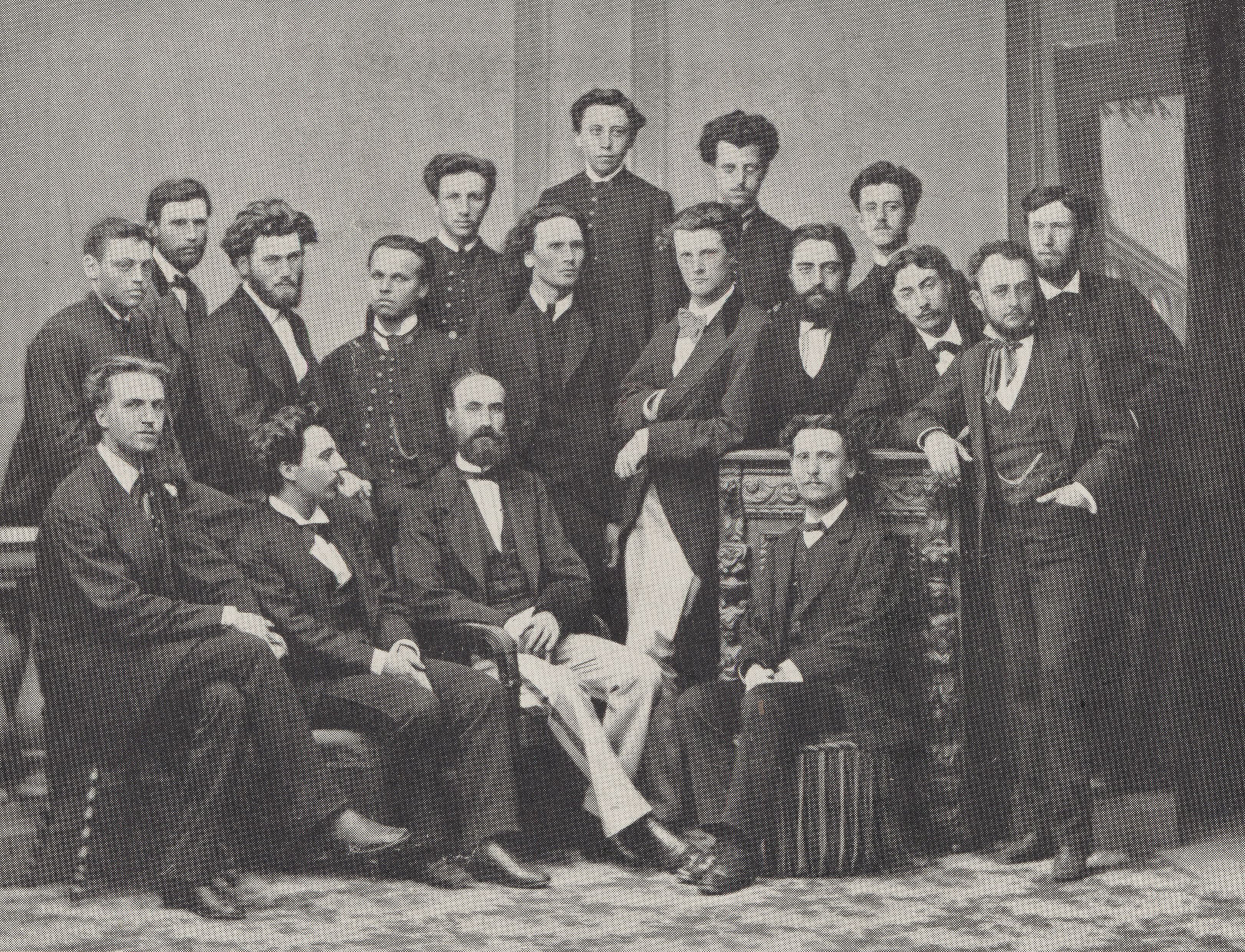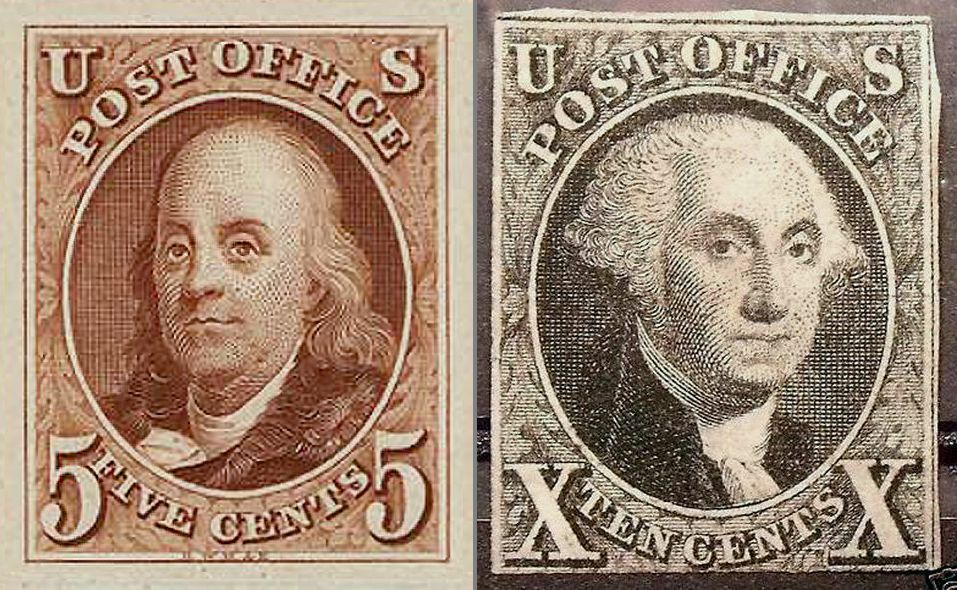|
Numa Auguez
Florentin Antinoüs Numa Auguez (31 January 1847 in Saleux (Somme) – 27 January 1903) in Paris, was a 19th-century French baritone and singing teacher at the Conservatoire de Paris. Biography After two years of commercial employment in the capital, Numa Auguez was admitted to the Paris Conservatoire in 1867, where he obtained a first runner-up in the opera competition and a second one in July 1869. His stage debut was abruptly interrupted by the declaration of war in 1870, when he enlisted and distinguished himself in the battle of Epernay. After the war, he resumed classes at the Conservatoire for an additional year before being hired at the Paris Opera. For nine years from 1873 to 1882, he was part of the Palais Garnier troupe. He then left Paris to perform in Rome in Italy and in Antwerp in Belgium between 1883 and 1884. On his return to France, he was engaged by the Colonne, Harcourt and Lamoureux concerts as well as by the Conservatoire where he obtained his greatest ... [...More Info...] [...Related Items...] OR: [Wikipedia] [Google] [Baidu] |
Saleux
Saleux () is a commune in the Somme department in Hauts-de-France in northern France. The baritone Numa Auguez (1847–1903) was born in Saleux. Geography Saleux is situated on the D8 road, some southwest of, and a suburb of Amiens. Population See also *Communes of the Somme department The following is a list of the 772 communes of the Somme department of France. The communes cooperate in the following intercommunalities (as of 2020):Official commune website Communes of Somme (department) {{Amiens-geo-stub ... [...More Info...] [...Related Items...] OR: [Wikipedia] [Google] [Baidu] |
Somme (département)
Somme (; pcd, Sonme) is a department of France, located in the north of the country and named after the Somme river. It is part of the Hauts-de-France region. It had a population of 570,559 in 2019.Populations légales 2019: 80 Somme INSEE The north central area of the Somme was the site of a series of battles during , including the particularly significant in 1916. As a result of this and other battles fought in the area, the department is home to many military [...More Info...] [...Related Items...] OR: [Wikipedia] [Google] [Baidu] |
Baritone
A baritone is a type of classical male singing voice whose vocal range lies between the bass and the tenor voice-types. The term originates from the Greek (), meaning "heavy sounding". Composers typically write music for this voice in the range from the second F below middle C to the F above middle C (i.e. F2–F4) in choral music, and from the second A below middle C to the A above middle C (A2 to A4) in operatic music, but the range can extend at either end. Subtypes of baritone include the baryton-Martin baritone (light baritone), lyric baritone, ''Kavalierbariton'', Verdi baritone, dramatic baritone, ''baryton-noble'' baritone, and the bass-baritone. History The first use of the term "baritone" emerged as ''baritonans'', late in the 15th century, usually in French sacred polyphonic music. At this early stage it was frequently used as the lowest of the voices (including the bass), but in 17th-century Italy the term was all-encompassing and used to describe the ave ... [...More Info...] [...Related Items...] OR: [Wikipedia] [Google] [Baidu] |
Conservatoire De Paris
The Conservatoire de Paris (), also known as the Paris Conservatory, is a college of music and dance founded in 1795. Officially known as the Conservatoire National Supérieur de Musique et de Danse de Paris (CNSMDP), it is situated in the avenue Jean Jaurès in the 19th arrondissement of Paris, France. The Conservatoire offers instruction in music and dance, drawing on the traditions of the 'French School'. Formerly the conservatory also included drama, but in 1946 that division was moved into a separate school, the CNSAD, Conservatoire National Supérieur d'Art Dramatique (CNSAD), for acting, theatre and drama. Today the conservatories operate under the auspices of the Ministry of Culture (France), Ministry of Culture and Communication and are associate members of PSL University. The CNSMDP is also associated with the Conservatoire National Supérieur de Musique et de Danse de Lyon (CNSMDL). History École Royale de Chant On 3 December 1783 Papillon de la Ferté, ''intendant' ... [...More Info...] [...Related Items...] OR: [Wikipedia] [Google] [Baidu] |
Paris Opera
The Paris Opera (, ) is the primary opera and ballet company of France. It was founded in 1669 by Louis XIV as the , and shortly thereafter was placed under the leadership of Jean-Baptiste Lully and officially renamed the , but continued to be known more simply as the . Classical ballet as it is known today arose within the Paris Opera as the Paris Opera Ballet and has remained an integral and important part of the company. Currently called the , it mainly produces operas at its modern 2,723-seat theatre Opéra Bastille which opened in 1989, and ballets and some classical operas at the older 1,979-seat Palais Garnier which opened in 1875. Small scale and contemporary works are also staged in the 500-seat Amphitheatre under the Opéra Bastille. The company's annual budget is in the order of 200 million euros, of which €100M come from the French state and €70M from box office receipts. With this money, the company runs the two houses and supports a large permanent staff, ... [...More Info...] [...Related Items...] OR: [Wikipedia] [Google] [Baidu] |
Palais Garnier
The Palais Garnier (, Garnier Palace), also known as Opéra Garnier (, Garnier Opera), is a 1,979-seatBeauvert 1996, p. 102. opera house at the Place de l'Opéra in the 9th arrondissement of Paris, France. It was built for the Paris Opera from 1861 to 1875 at the behest of Emperor Napoleon III. Initially referred to as ''le nouvel Opéra de Paris'' (the new Paris Opera), it soon became known as the Palais Garnier, "in acknowledgment of its extraordinary opulence" and the architect Charles Garnier's plans and designs, which are representative of the Napoleon III style. It was the primary theatre of the Paris Opera and its associated Paris Opera Ballet until 1989, when a new opera house, the Opéra Bastille, opened at the Place de la Bastille. The company now uses the Palais Garnier mainly for ballet. The theatre has been a '' monument historique'' of France since 1923. The Palais Garnier has been called "probably the most famous opera house in the world, a symbol of Paris ... [...More Info...] [...Related Items...] OR: [Wikipedia] [Google] [Baidu] |
18th Arrondissement Of Paris
The 18th arrondissement of Paris (''XVIIIe arrondissement'') is one of the 20 Arrondissements of Paris, arrondissements of Paris, the capital city of France. In spoken French, this arrondissement is referred to as ''dix-huitième''. The arrondissement, known as Butte-Montmartre, is located on the Rive Droite, right bank of the River Seine. It is mostly known for hosting the district of Montmartre which contains a hill known for its artistic history, the Bateau-Lavoir where Pablo Picasso, Georges Braque, and Amedeo Modigliani lived and worked in early 20th century, the house of music diva Dalida, the Moulin Rouge cabaret, other historic features, and the prominent Basilique du Sacré-Cœur, Paris, Sacré Cœur basilica which sits atop the hill. The 18th arrondissement also contains the North African and African district of Goutte d'Or which is famous for its market, the marché Barbès, where one can find various products from the African continent. Geography The land area of thi ... [...More Info...] [...Related Items...] OR: [Wikipedia] [Google] [Baidu] |
École Niedermeyer De Paris
The École Niedermeyer ( en, Niedermeyer School) is a Paris school for church music. It was founded in 1853 by Louis Niedermeyer as successor to the ''Institution royale de musique classique et religieuse'', which had been established and run by Alexandre-Étienne Choron between 1817 and 1834. Several eminent French musicians studied at the school, including Gabriel Fauré, André Messager and Henri Büsser Paul Henri Büsser (16 January 1872 – 30 December 1973) was a French classical composer, organist, and conductor. Biography Büsser was born in Toulouse of partly German ancestry. He entered the Paris Conservatoire in 1889, where he studied .... References Music schools in Paris Church music 1853 establishments in France {{France-school-stub ... [...More Info...] [...Related Items...] OR: [Wikipedia] [Google] [Baidu] |
Saint-Augustin, Paris
The Église Saint-Augustin de Paris (Church of St. Augustine) is a Roman Catholic church located at 46 boulevard Malesherbes in the 8th arrondissement of Paris. The church was built between 1860 and 1871 by the Paris city chief architect Victor Baltard. It was the first church in Paris to combine a cast-iron frame, fully visible, with stone construction. It was designed to provide a prominent landmark at the junction of two new boulevards built during Haussmann's renovation of Paris under Napoleon III. The closest métro station is Saint-Augustin In 1886, Saint-Augustin was the site of the conversion of Charles de Foucauld, who was canonised as a Saint by Pope Francis on 15 May 2022. The church includes a chapel dedicated to Foucauld, in which is preserved the confessional where he returned to the Catholic Church. History In the 1850s and 1860s Napoleon III carried out a massive reconstruction of the center of Paris, which was carried out by Georges-Eugène Haussmann. ... [...More Info...] [...Related Items...] OR: [Wikipedia] [Google] [Baidu] |
1847 Births
Events January–March * January 4 – Samuel Colt sells his first revolver pistol to the U.S. government. * January 13 – The Treaty of Cahuenga ends fighting in the Mexican–American War in California. * January 16 – John C. Frémont is appointed Governor of the new California Territory. * January 17 – St. Anthony Hall fraternity is founded at Columbia University, New York City. * January 30 – Yerba Buena, California, is renamed San Francisco. * February 5 – A rescue effort, called the First Relief, leaves Johnson's Ranch to save the ill-fated Donner Party (California-bound emigrants who became snowbound in the Sierra Nevada earlier this winter; some have resorted to survival by cannibalism). * February 22 – Mexican–American War: Battle of Buena Vista – 5,000 American troops under General Zachary Taylor use their superiority in artillery to drive off 15,000 Mexican troops under Antonio López de Santa Anna, defeating the Mexicans the next day. * ... [...More Info...] [...Related Items...] OR: [Wikipedia] [Google] [Baidu] |






